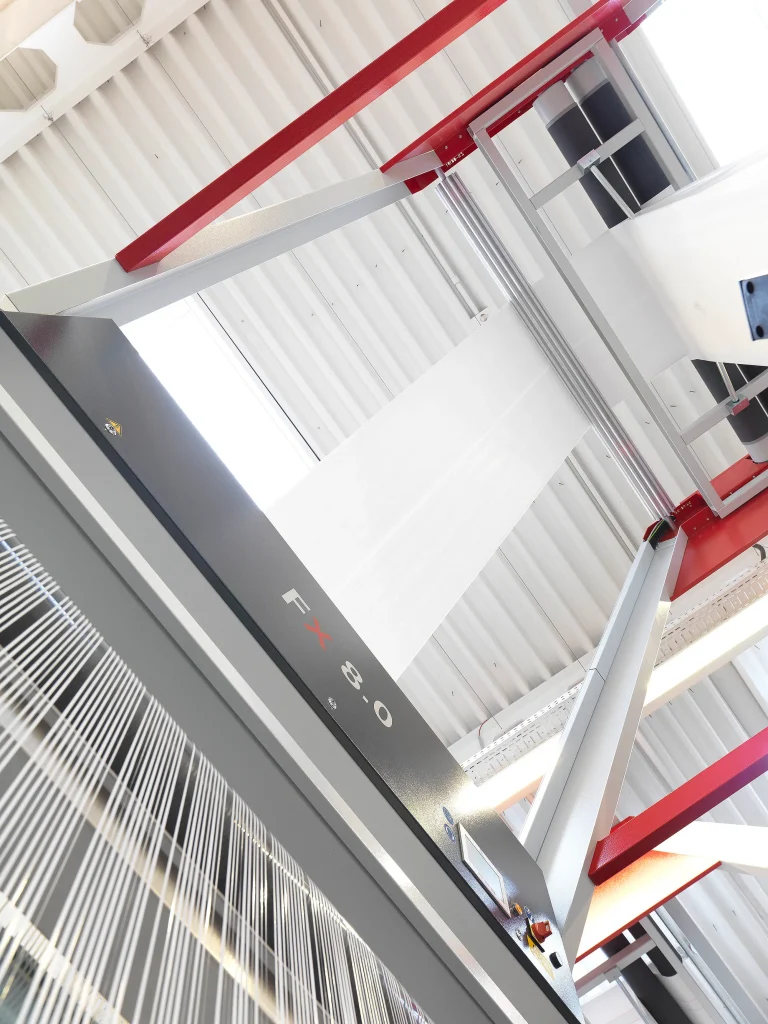
The global demand for sustainable packaging solutions has surged, with industries like agriculture seeking alternatives that balance durability, cost-efficiency, and environmental responsibility. Laminated woven bags, particularly those made from polypropylene (PP), have emerged as a cornerstone of modern agricultural packaging, reducing carbon footprints by up to 30% compared to traditional rigid containers while maintaining superior load capacities of 25–50 kg. At VidePak, a pioneer in woven bag manufacturing since 2008, sustainability is engineered into every product. With 568 employees and a global network spanning Europe, Asia, and Latin America, we produce over 100 million laminated woven bags annually using Austrian Starlinger and German W&H machinery. This article explores how our BOPP laminated woven bags and kraft paper composite bags redefine agricultural packaging through advanced material science, precision manufacturing, and eco-conscious design.
The Role of Laminated Woven Bags in Agricultural Packaging
Agricultural products such as rice, flour, and fertilizers demand packaging that withstands harsh handling, moisture, and long-term storage. Traditional jute or paper sacks often fail under these conditions, leading to spoilage and waste. Laminated woven bags address these challenges through:
- Enhanced Barrier Properties: BOPP lamination reduces moisture ingress by 95%, extending the shelf life of hygroscopic products like flour.
- Customizable Strength: Fabric weights ranging from 60–200 g/m² cater to diverse load requirements, from 10 kg retail rice bags to 50 kg industrial fertilizer sacks.
- Brand Visibility: High-resolution 8-color printing on laminated surfaces ensures vibrant branding, critical for differentiating products in competitive markets.
VidePak’s BOPP laminated woven bags, for instance, integrate a tri-layer structure (woven PP + BOPP film + inner PE coating) to achieve a tensile strength of 600–800 N/5cm, ideal for cross-continental logistics.
Material Selection and Functional Design
Core Materials
- Polypropylene (PP): Virgin PP granules ensure uniformity in yarn thickness (denier tolerance ±5%), critical for weave consistency.
- BOPP Films: Applied at 0.02–0.05 mm thickness, these films provide UV resistance and gloss finishes, enhancing print clarity.
- Kraft Paper Liners: For moisture-sensitive products like sugar, kraft paper laminates offer biodegradability while maintaining tear resistance.
Functional Enhancements
- Anti-Slip Coatings: Essential for automated filling lines, reducing spillage risks by 40%.
- PE Inner Liners: Food-grade liners prevent contamination in flour and grain packaging.
- Valve Designs: Gusseted or block-bottom valves streamline filling and reduce dust emissions during handling.
Technical Specifications and Customization
Key Parameters for Agricultural Applications
| Parameter | Range/Options | Impact on Performance |
|---|---|---|
| Fabric Weight | 60–200 g/m² | Higher weights (120–200 g/m²) suit heavy-duty fertilizers; lighter weights (60–100 g/m²) optimize cost for retail grains. |
| Laminate Type | Glossy, Matte, Anti-static | Glossy finishes enhance branding; anti-static coatings prevent dust adhesion in flour mills. |
| Bag Dimensions | 30–100 cm (width) | Custom sizes reduce material waste—e.g., 50 cm x 80 cm bags for 25 kg rice optimize pallet space. |
| Printing | Up to 8 colors, flexography | High-definition logos and QR codes enable traceability in supply chains. |
VidePak’s FIBC bulk bags, engineered with 1,500D coarse yarns, support 1,000–2,000 kg loads for bulk grain storage, complying with ISO 21898 safety standards.
Sustainability Metrics and Environmental Impact
Laminated woven bags outperform rigid alternatives in lifecycle assessments:
- Carbon Footprint: A 50 kg PP woven bag generates 1.2 kg CO2e vs. 8.7 kg CO2e for a rigid HDPE container.
- Recyclability: VidePak’s PP-based bags achieve 98% recyclability, aligning with EU Directive 94/62/EC.
- Resource Efficiency: Lightweight designs (80–120 g/bag) reduce transportation emissions by 25% compared to jute sacks.
Our rPET laminated bags, under development, will incorporate 30% post-consumer recycled content, diverting 50,000 PET bottles annually from landfills.
Quality Control and Certifications
VidePak’s production process adheres to:
- ISO 9001:2015: Ensures batch-to-batch consistency in fabric weight (±2%) and laminate thickness.
- FDA Compliance: Food-contact grades for liners used in flour and rice packaging.
- Abrasion Testing: Simulated 1,000 km transport cycles validate seam strength and print durability.
FAQs: Addressing Procurement Concerns
Q1: How do I select the right fabric weight for my product?
A: For powders like flour, 80–100 g/m² fabrics with PE liners prevent sifting. For sharp-edged fertilizers, opt for 120–150 g/m² with anti-puncture coatings.
Q2: Can laminated bags withstand tropical climates?
A: Yes. Our BOPP laminates include UV stabilizers, maintaining integrity at 50°C and 90% humidity for 12+ months.
Q3: What customization options are available?
A: Choose from 10+ handle types (loop, die-cut), valve designs, and barrier coatings (moisture, gas).
References
- VidePak Official Website: https://www.pp-wovenbags.com/
- Email: info@pp-wovenbags.com
- Industry Standards: ISO 9001:2015, EU Directive 94/62/EC
For insights into BOPP laminated woven bags, explore our technical guide on BOPP Lamination Techniques. To optimize valve designs for agricultural products, visit Valve Bag Innovations.
Combining three decades of expertise with cutting-edge technology, VidePak delivers sustainable packaging solutions that protect products, amplify brands, and safeguard the planet. Partner with us to redefine your agricultural packaging strategy.